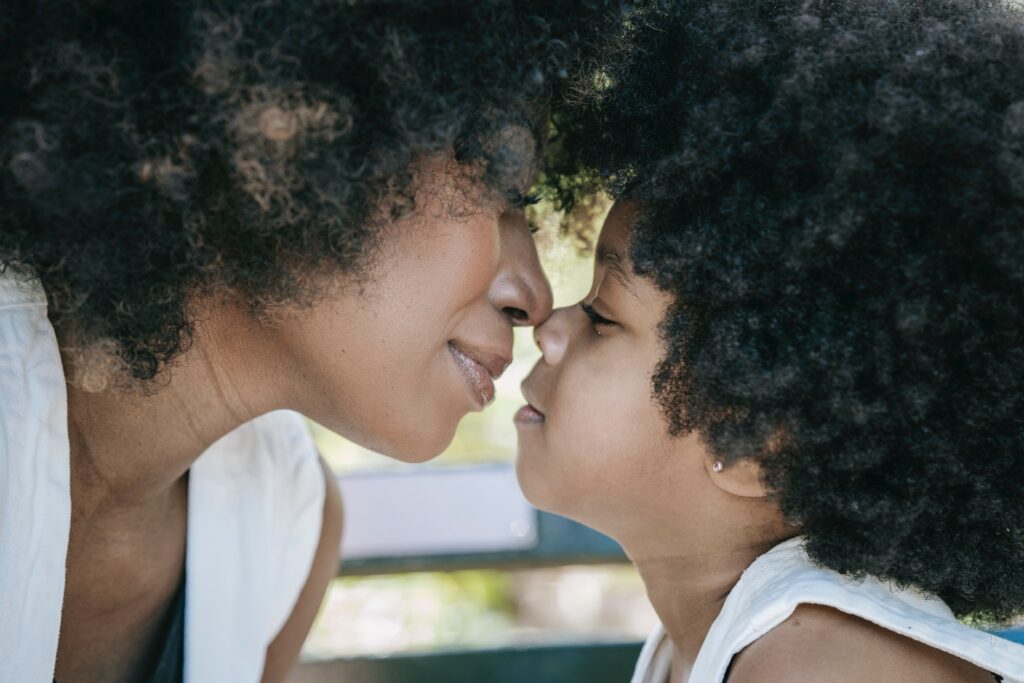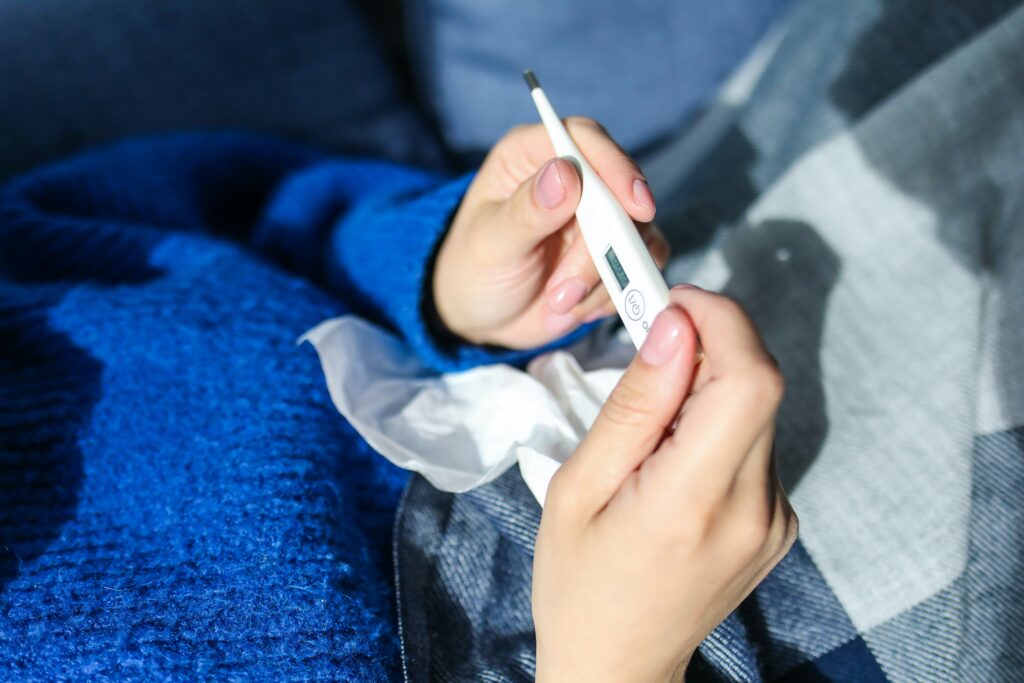Nosebleeds in kids: Why they happen and what to do about them
Nosebleeds (epistaxis) in kids can be messy and sometimes downright scary! But have no fear; they are common in childhood and usually nothing to be alarmed about. Armed with some knowledge about why nosebleeds happen and what to do about them, you can feel ready to handle the next gory episode. As with any new symptom, it is best to discuss with your doctor if you have any specific questions or concerns.
Why do Nosebleeds happen?
What are they?
- Nosebleeds are bleeding from the soft tissues (mucous membranes) inside the nose, usually from a broken blood vessel.
- Most nosebleeds come from the same area, near the front part of the nose, where there is a collection of tiny blood vessels called the Kiesselbach plexus.
What causes them?
Nosebleeds are common in childhood and are more common in dry climates and winter.
- Dry air causing skin irritation
- Nose picking
- Colds and allergies
- Injury to the nose
- A foreign body in the nose
What do I do if my child gets nosebleeds?
What do while my child has a nosebleed?
- Stay calm and reassure your child. Avoid commenting on how much blood there is!
- Advise your child to breathe slowly through their mouth.
- Have your child sit and lean forward slightly. They should not lie down or tilt their head back as this can cause them to swallow blood, yuck.
- Apply firm pressure to the nostrils at the soft area just below the bony bridge of the nose. Hold for at least 5 minutes and resist the urge to peek and see if bleeding has stopped. Set a timer if you need to!
- You may also choose to apply a cold compress.
- If bleeding does not stop, repeat the above steps. If bleeding continues, bring your child to a medical provider. In some cases, they may decide to do a procedure called cauterization, where heat is used to help stop the bleeding from a broken blood vessel.
How do I prevent nosebleeds?
- A humidifier placed in your child’s room can help with dry air.
- Nasal saline sprays and drops can also help avoid dry skin in the nose moist and protected.
- If you think your child might have congestion due to allergies – talk with your Pediatrician about possible treatment options.
When should I talk to my Pediatrician about nosebleeds?
- If your child has recurrent nosebleeds.
- If a nosebleed does not stop or recurrent nosebleeds repeatedly bleed for more than 5 minutes.
- If your child has other symptoms such as easy bleeding from cuts and scrapes, bleeding from their gums, blood in their stool, or easy bruising.
- If there is a large amount of blood.
- If your child feels light-headed, fatigued, or short of breath.
- If the bleeding results from an injury and your child has continued pain.
- If you think there may be a foreign body in their nose that you cannot remove.
For more information: AAP – nosebleeds



